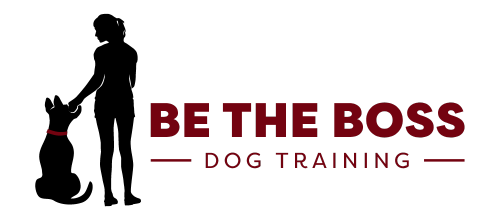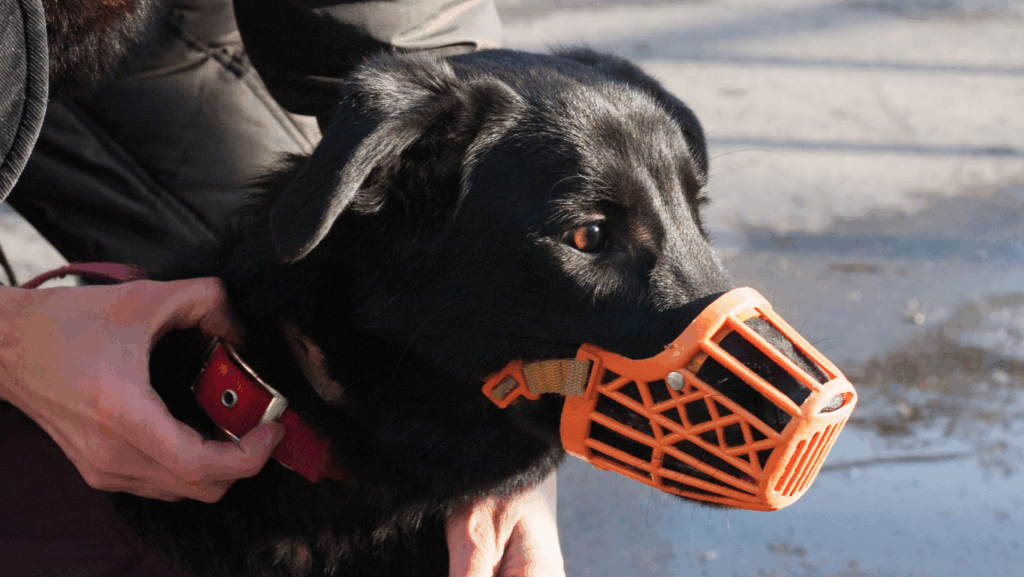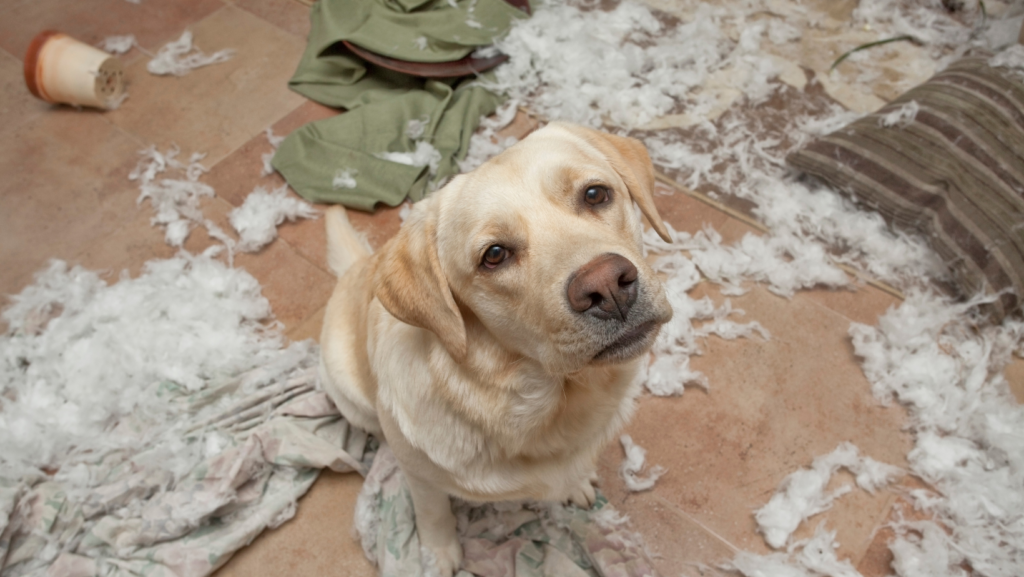Puppy biting isn’t just annoying—it’s a constant source of stress and pain. The internet is drowning in advice on how to train a puppy not to bite, but most of it is either a waste of time, too complicated, or outright wrong. This flood of bad information leaves you more confused and frustrated than ever.
Please stop wasting your time and energy on these ineffective methods. You need to know why your puppy bites and how to put an end to it now. Without the right approach, there’s a good chance you might make things worse.

Puppies, much like infants
explore their surroundings with their mouths. If something feels good, they continue doing it. If it doesn’t, they stop. This simple truth is key to understanding and correcting your puppy’s behavior.
In the wild, a mother dog can’t afford to be patient or rely on trial-and-error methods. She has to correct her puppies swiftly and decisively, ensuring they understand boundaries that keep them safe and well-behaved. If you fail to adopt this no-nonsense approach, you might be inviting chaos and misbehavior into your home.

Here’s the brutal truth:
most methods out there fail because they are too soft or inconsistent. If you want to correct your puppy properly, you need to speak their language. Here’s how to do it:
Use a Leash: Always have your puppy on a leash during training. This gives you control and allows you to correct bad behavior instantly.
The Effective Correction: Take all four of your fingers, keep them nice and straight, and give your puppy a firm poke in the ribs. This mimics the quick, decisive correction a mother dog would give. It’s not about hurting your puppy; it’s about delivering a message they can’t ignore.
Don’t confuse your puppy with half-hearted attempts. Start using techniques that actually work to train a puppy not to bite. Your puppy needs to learn boundaries, and it’s up to you to enforce them with authority and consistency.

Even with the right method,
some people still can’t stop their puppy’s biting. Here’s why:
Lack of Conviction
Your puppy needs to believe you’re serious. If you’re too soft or hesitant, they’ll sense it immediately and disregard your attempts to correct them. Dogs are incredibly perceptive and can pick up on the slightest inconsistency in your behavior. If you don’t project authority and confidence, your puppy won’t take you seriously. They’ll continue biting because they see no reason to stop.
Weak Corrections
It doesn’t matter what you think is enough; it matters what your puppy finds impactful. If your corrections are too gentle or hesitant, they won’t have any effect. Your puppy needs a firm, decisive correction that they can’t ignore. The goal isn’t to harm but to surprise and deter the unwanted behavior.
A weak correction sends the message that the behavior isn’t really that bad, so why should they stop? You need to deliver a correction that makes them think twice before biting again.
Click here if you need some personal help!

Training a puppy not to bite
isn’t just about ending the pain and frustration; it’s about establishing a relationship rooted in respect. Properly correcting your puppy means you’re communicating in their language, and setting boundaries that will make them well-behaved and secure for life.
Don’t get caught up in the cycle of trial and error with useless advice. Be firm, be decisive, and remember – your puppy’s future behavior (and your sanity) are on the line.
Click here to join us for our FREE GROUP CLASS every Saturday!





